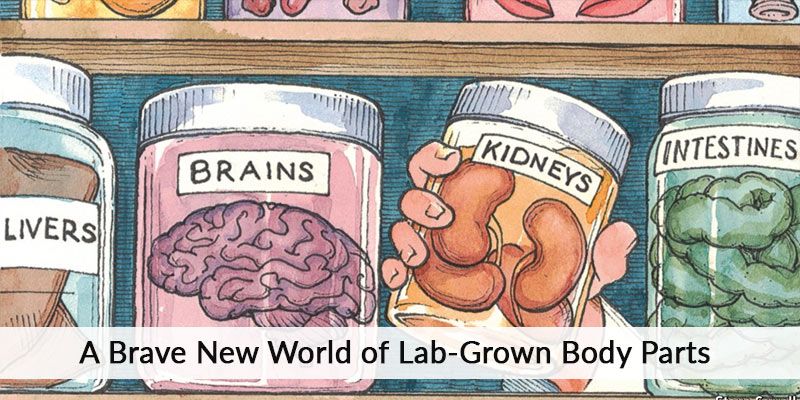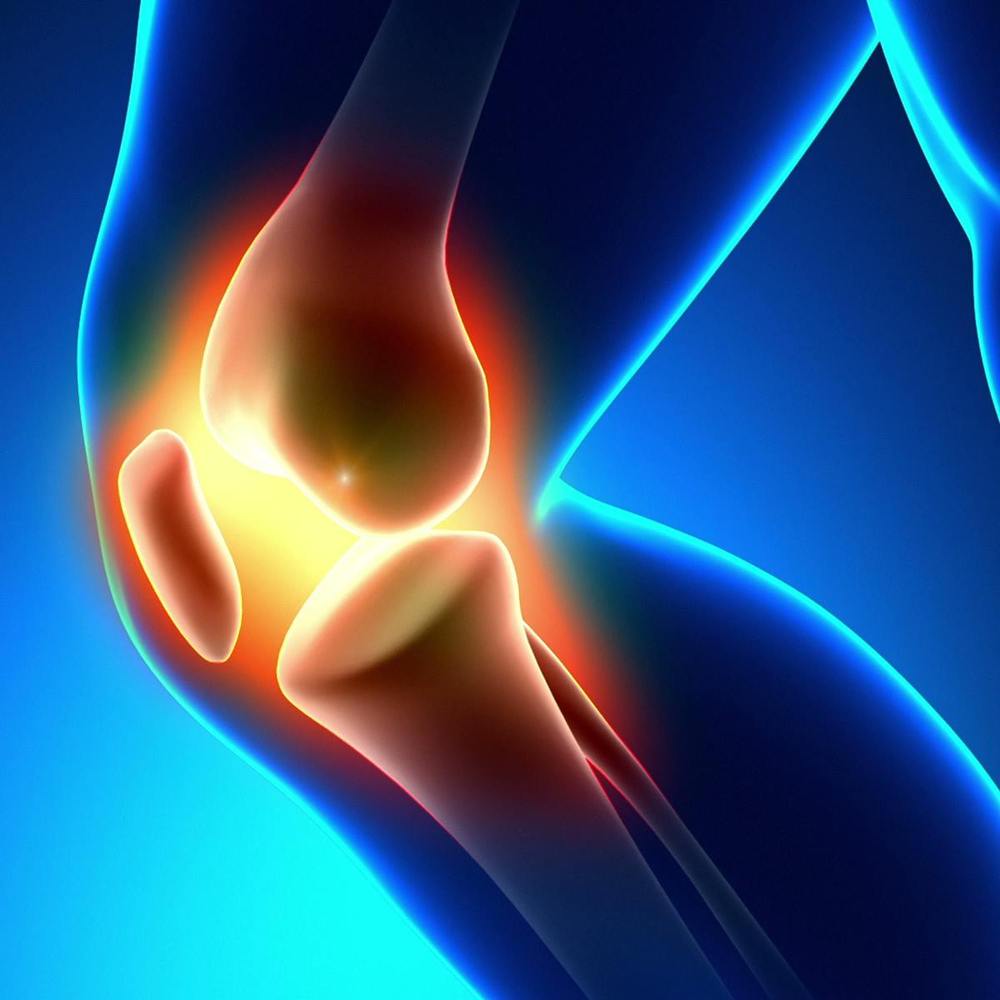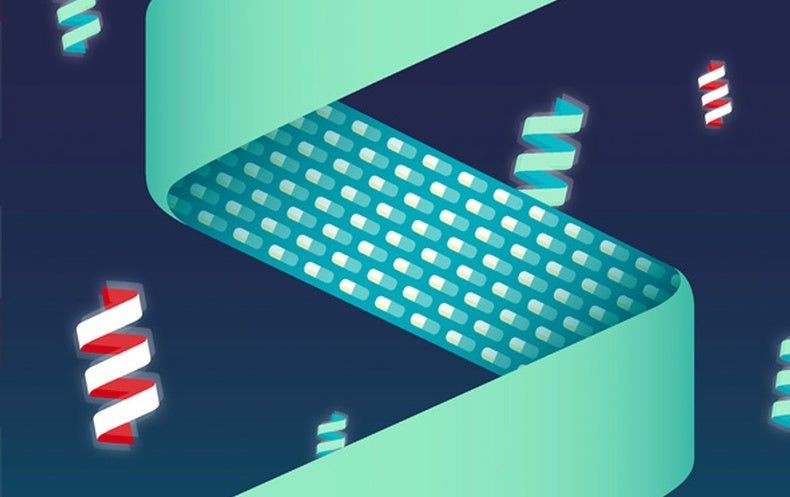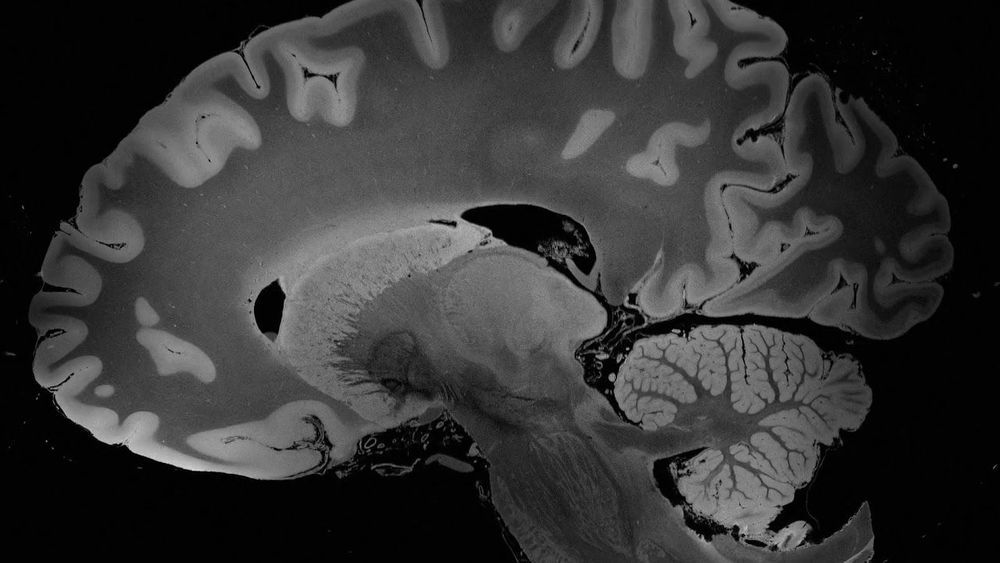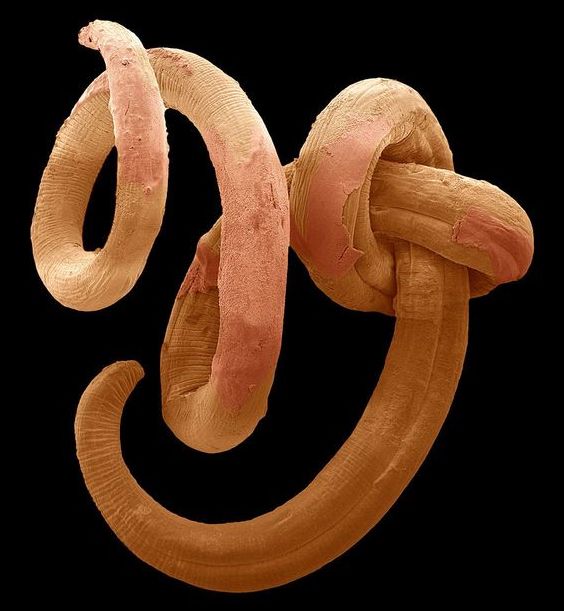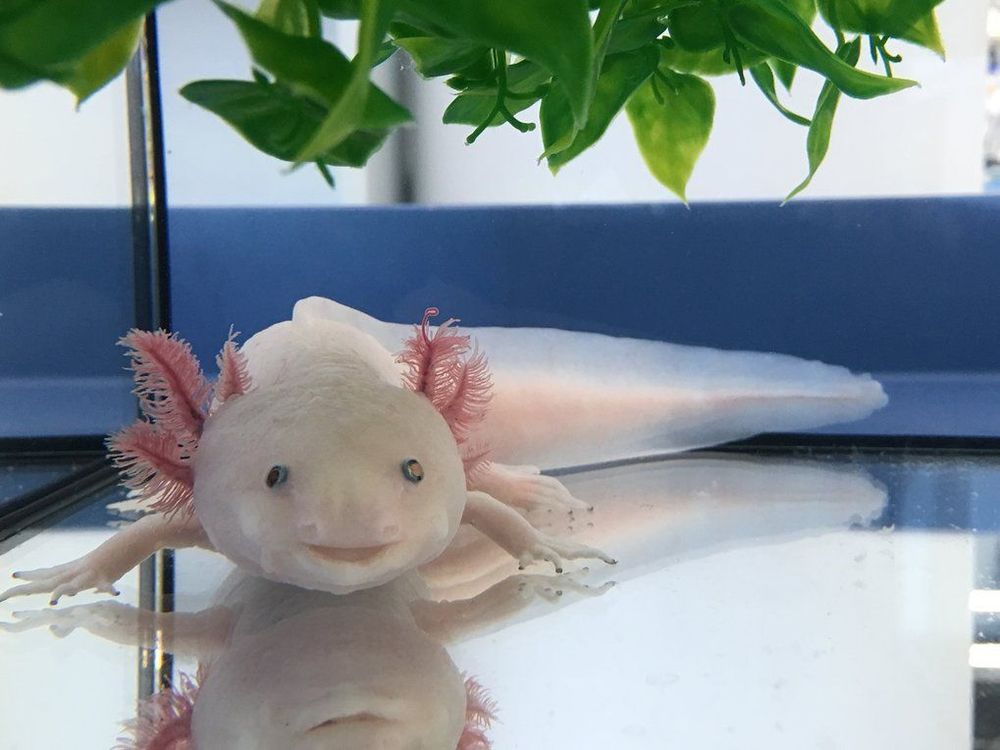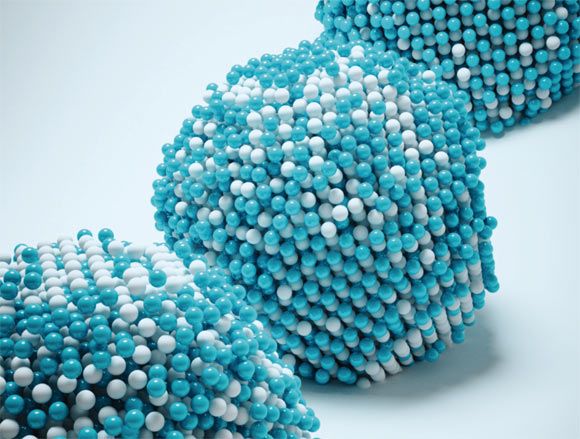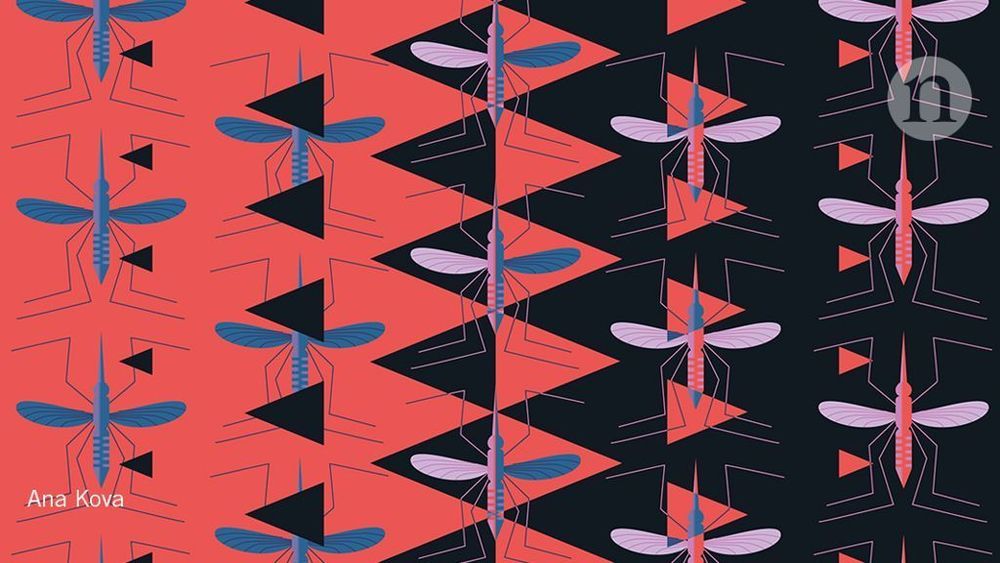Jul 11, 2019
Bioengineered Organs: Could Change be the horizon?
Posted by Paul Battista in categories: bioengineering, biotech/medical
The science of tissue engineering has been constructed on a foundation of a very simple concept; take out the patient’s own cells, grow them in a sterile environment similar to that of a human body and infuse them on a scaffolding material to provide 3-dimensional support. With this recipe, you may have your own laboratory-grown organ ready! It is interesting to note that quite a few patients have experienced the benefits of this fastest growing technology. Could change be on the horizon?
Introduction
Various scientific investigations have been frequently hailed as putting forth a novel yet a breakthrough treatment to change the meaning of lives of many patients, who have been suffering from degenerative diseases since long. However, it should be noted that researchers have to travel a really long road to turn a laboratory invention into viable clinical modalities. In this regard, current medical issues associated with gastrointestinal functioning are marred with various challenges; new solutions to take over the control are sorely needed.
